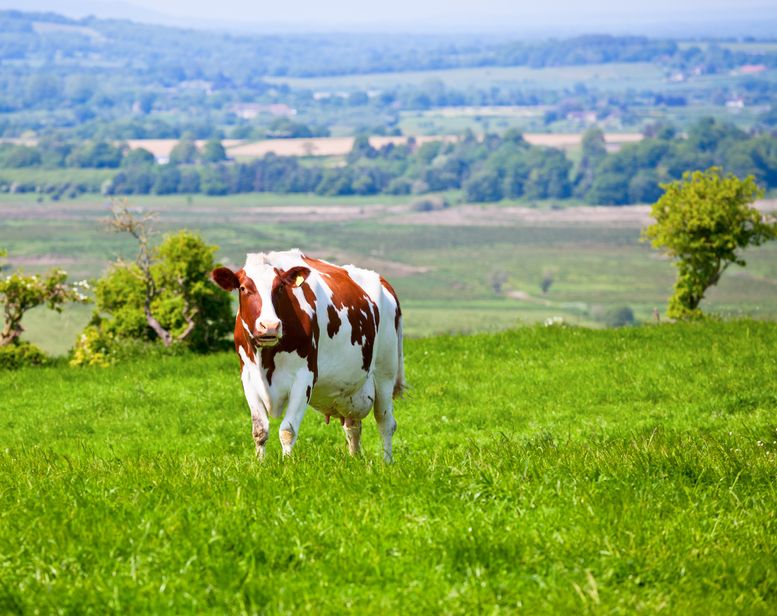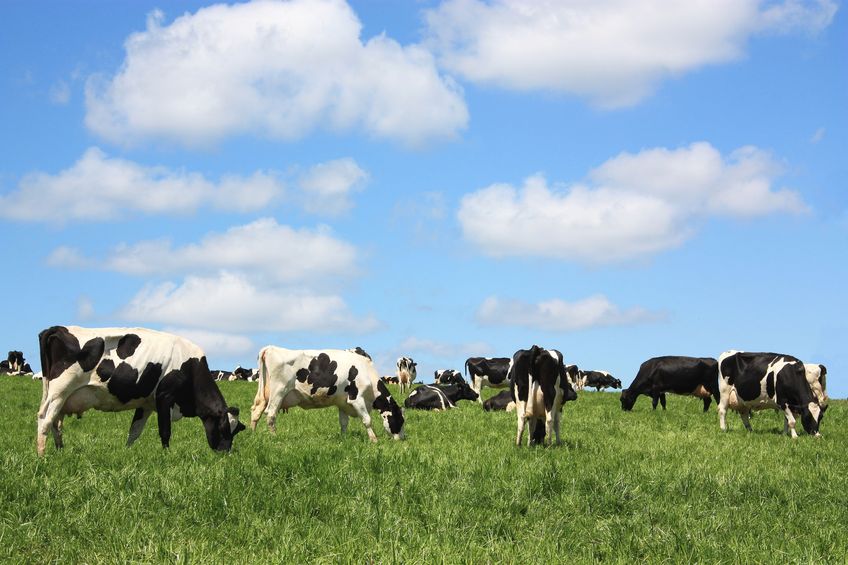
The dairy sector will soon have access to new sources of finance thanks to a new UN-backed methodology which lets farmers document their reductions in greenhouse gas emissions.
The step will open up new sources of finance for the livestock industry and help promote investment in smallholder operations.
The UN's Food and Agriculture Organisation's (FAO) new smallholder dairy methodology, tackles two major challenges facing agriculture today: the need to make agriculture more productive by increasing yields, while at the same time cutting agriculture's carbon footprint.
By opening up new sources of finance, the methodology addresses the critical question of how to finance the necessary transition to a greener livestock sector.

The new methodology identifies areas within dairy production where greenhouse emissions can be curbed. For example, by changing feed composition or feeding practices, or improving the energy efficiency of equipmen. It explains how those reductions can be measured and reported.
Importantly, it has been certified by Gold Standard, an independent body that evaluates climate projects under the UN's Clean Development Mechanism and ensures they deliver genuine emission reductions.
This certification has been labelled as a key driver in allowing smallholder dairy operations to receive internationally-accepted carbon credits in exchange for emission reductions. These can be sold on carbon markets - a potential revenue stream that creates a financial incentive for the dairy industry to go greener and opens new opportunities for small-scale producers to access investment funding for their farms.
Financial incentive for reducing greenhouse gas
"Investing in ways to make smallholder dairy systems more productive is an efficient way to simultaneously reduce greenhouse gas emissions and ensure food security," said Henning Steinfeld, Chief of FAO's Livestock Information, Sector Analysis and Policy Branch.
"This methodology will help to channel finance to projects that have real impacts on the livelihoods of millions of smallholder dairy farmers," he adds.
He estimated that milk production will have to grow by 144 million tonnes by 2025 to meet rising demands.
Strategic changes in housing and feeding animals, in managing their manure and selecting breeds that produce more milk with equal inputs, hold the key to meeting those demands with the least possible environmental damage.
Under current carbon credit schemes, project developers - such as governments, businesses and NGOs - can apply for permits that allow their projects to emit a certain amount of greenhouse gasses, such as carbon dioxide or methane.
If a project manages to emit fewer gasses than the full allowance it received, developers can trade the remaining "carbon credits" on the open market - meaning there is a financial incentive for project developers to adopt environmentally friendly technologies and management practices.
But until now, climate finance - and carbon markets in particular - were closed to the livestock sector, partly because there was no methodology for calculating credits and certifying emission cuts.
The new tool now sets a global standard that fills that gap.
